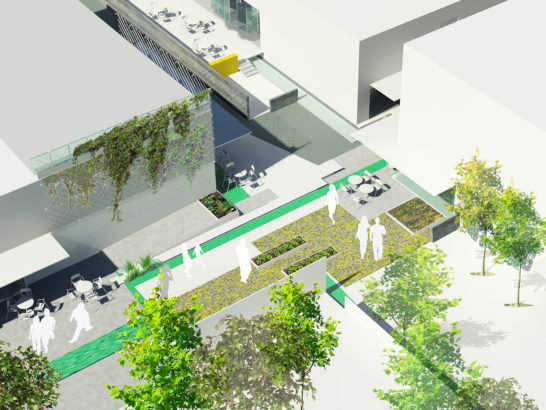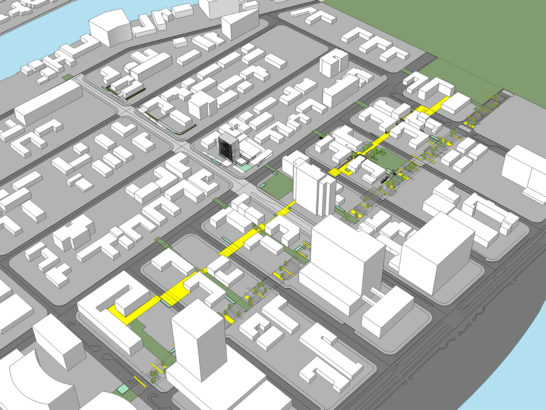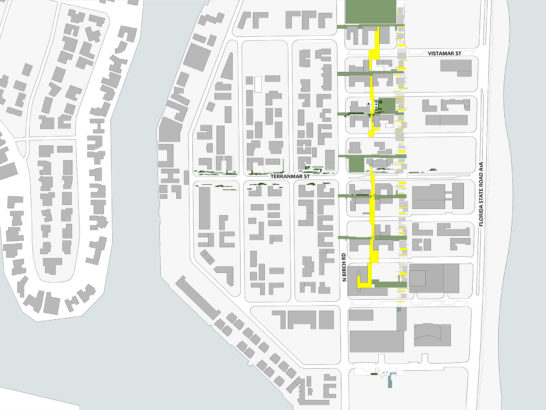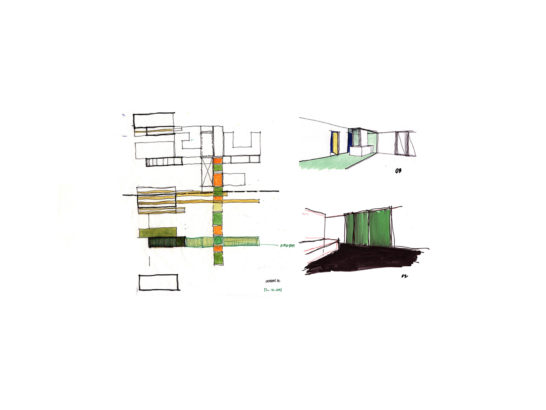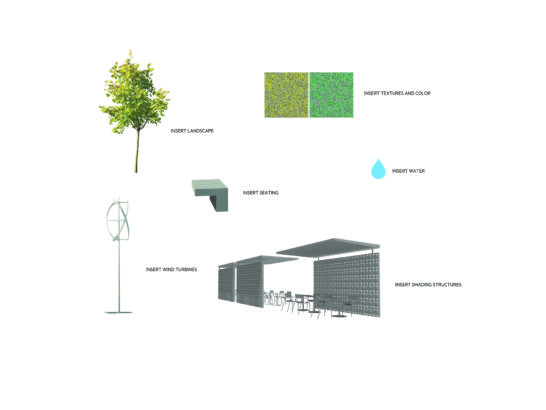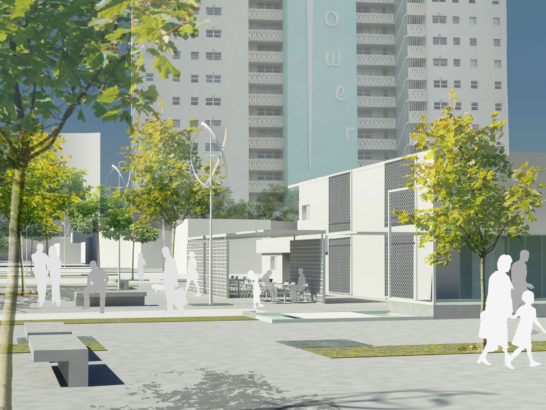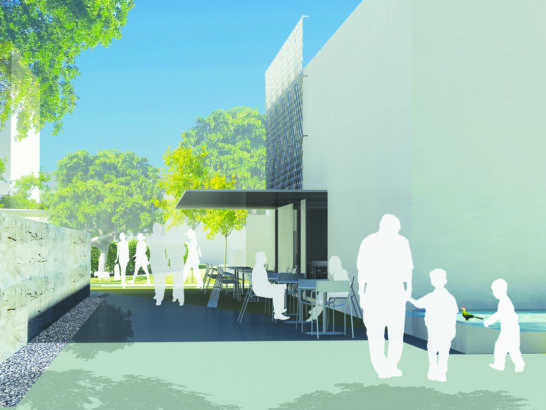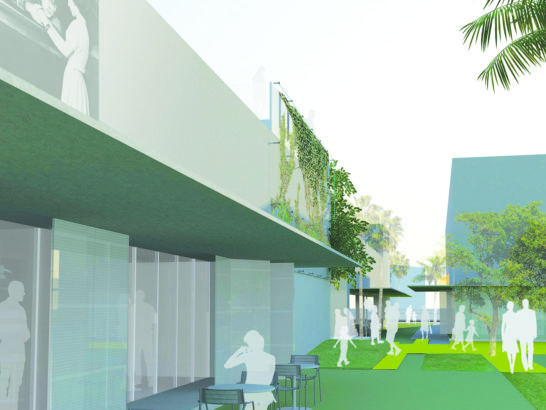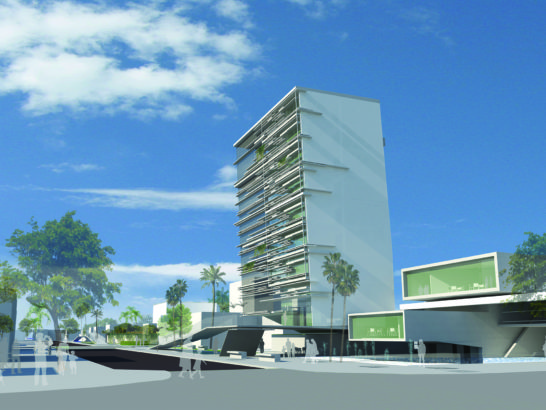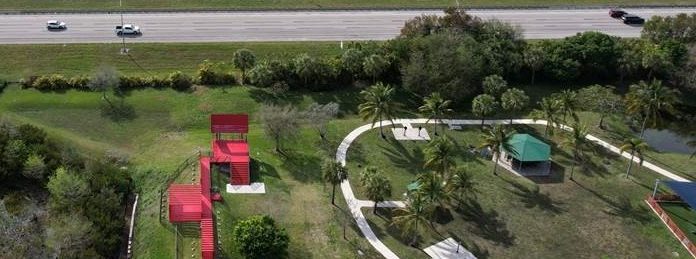-
Description
After examining an aerial view of the North Beach Village community Margi Nothard and the team at GLAVOVIC STUDIO sensed two axes wanted to emerge from the early twentieth century grid of streets. Breakers Avenue became, in their plans, the north-south primary. And Terramar, which stretches from the ocean to the Intracoastal, provided the east-west. Beyond this, they added two more pathways: one connecting courtyards and atria replete with commercial enterprises like small retail shops and cafés; and the other a secondary north-south pedestrian pathway connecting hotels. For the GLAVOVIC STUDIO team, the entire project became one that would revolve around building an energy network out of renewable sources and creating a sustainable community. Nothard firmly believes that the time has come for us to use what might normally be considered wasted space—rooftops, walkway tops, and shade structures—to collect solar energy and rainwater. The solar technology exists today and is being used all around the city to power tiny installations like the Broward B-Cycle stations or certain elements of city signage. Nothard believes North Beach Village offers an ideal opportunity to create a village that takes this up a few notches. The project is titled Impluvium Village, underscoring the importance of water in the GLAVOVIC STUDIO plan. Inspired by the impluvium of ancient Greece and Rome, a common feature where roof lines forced rainwater to be collected and stored in a huge pool and cistern, the collection and celebration of water are essential parts of the GLAVOVIC STUDIO plan. Since Fort Lauderdale is known as “The Venice of America” and this neighborhood is bookended by water on its east and west sides, Nothard feels this constant link with water in many forms—waterfalls, languid pools and so on—creates beauty and sound, and provides ocean views. GLAVOVIC STUDIO promotes the installation and use of waterways and multiple cisterns to collect, distribute, and store rainwater and storm runoff for highly localized use. Collection cisterns could redistribute water for irrigation use, keeping the avenue green, or filters could be integrated enabling the collected water to be used in a gray water system. Another proposal calls for the use of alternate energy sources, using small-scale hydroelectric stations that can be integrated into the atria and impluvium network. Water from the waterways can be pumped (using solar power) to elevated spill platforms, which will then fall and generate power for a cluster of buildings. Micro-plots of open land on terraces or existing rooftops can serve as gardens and orchards. The harvests from these local micro-farms—formerly acres of heat-generating rubber membrane or tar paper—could be sold to local restaurants, creating a micro-economy that will not rely on carbon-based transportation and, at the same time, create tourist interest and the prospect of actual carbon footprint measurability. That alone creates an opportunity for continued marketing of Fort Lauderdale Beach as a unique vacation destination. Lastly, this team felt there were great opportunities for urban infill and came up with the designs for a potential hotel tower to take the place of an existing parking lot. This design would include a dramatic, landscaped atrium with vertical garden as well as Intracoastal and ocean viewing platforms, water elements, and an east-west link to all-important Breakers Avenue.
-
Gallery
-
Related Projects
